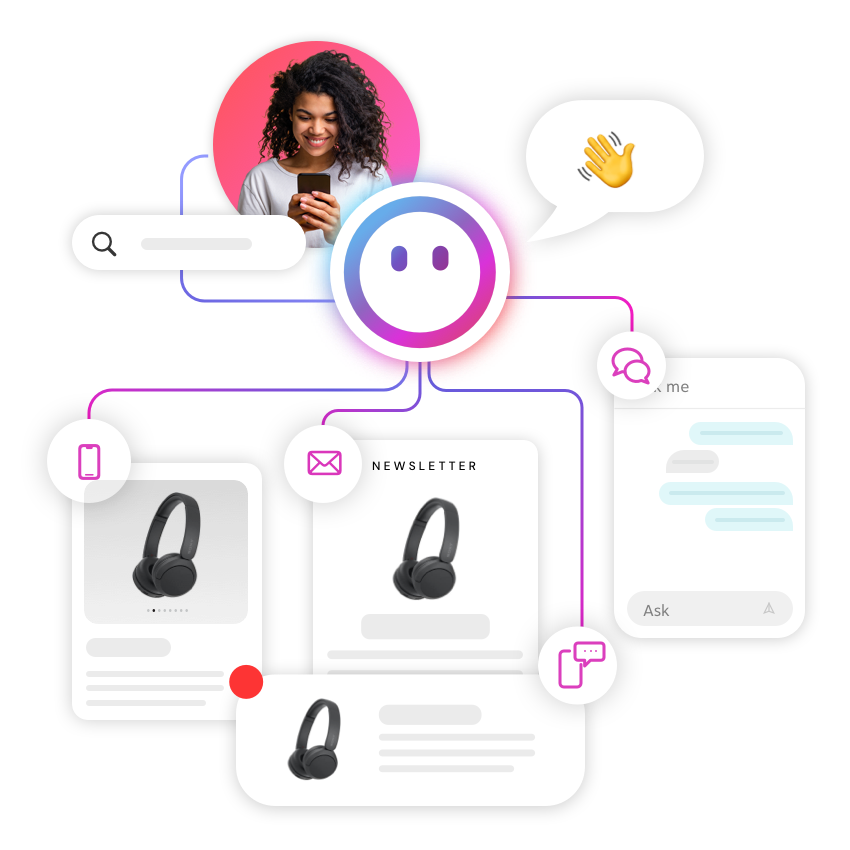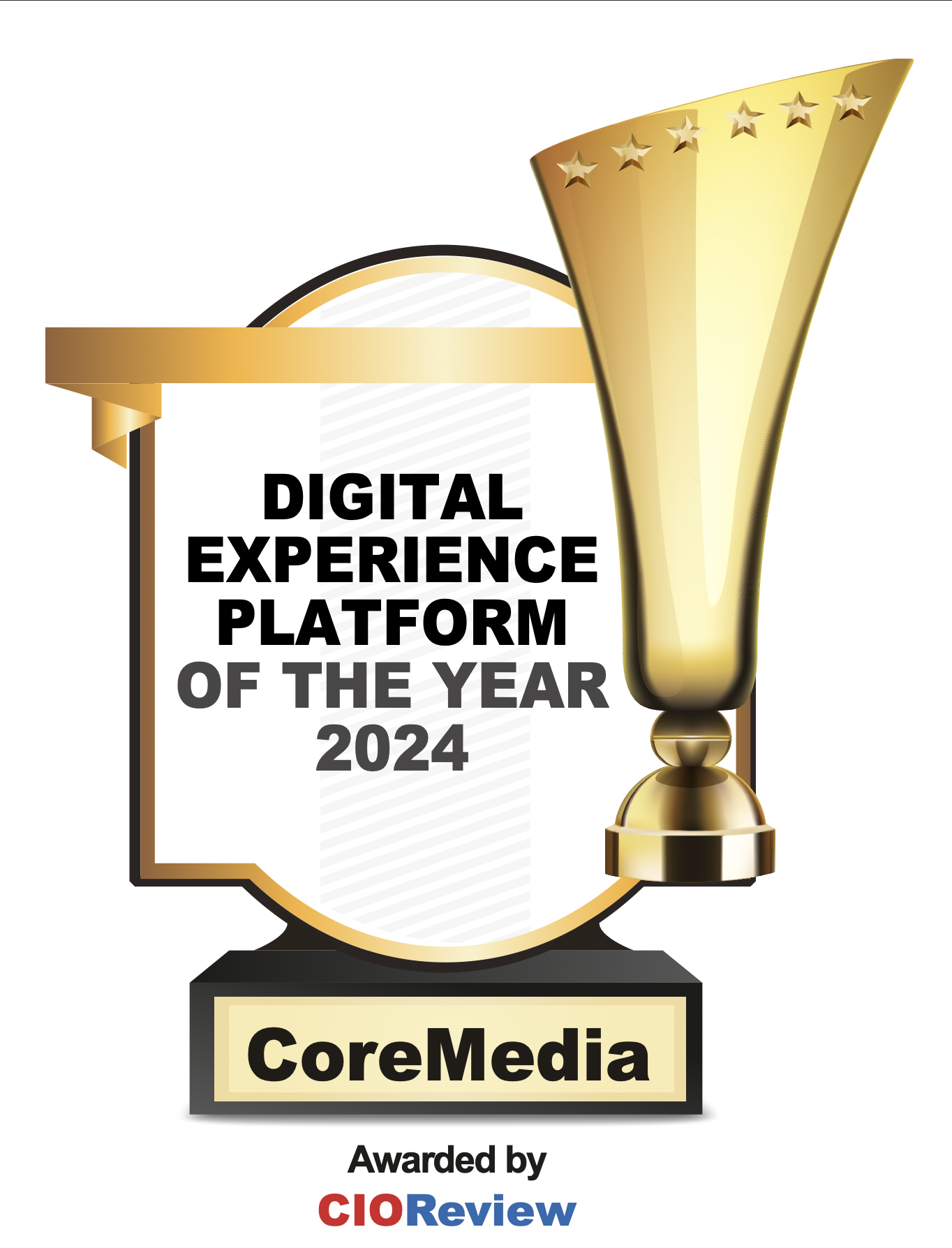I don’t know about you, but I never thought I would live through a global pandemic. I’ve read about them in history books, but I always thought, “not me!” When Covid-19 hit last year, the world was in a state of fear. People were contracting the virus around the globe and taking precautionary measures like never before. The pandemic affected everything, from personal health to how we socialize, from large retailers to mom and pop shops. Businesses had to adapt while adhering to the new safety mandates.
Personally, I found it astonishing that so many businesses were able to pivot so quickly and deliver the same level of customer experience (CX). Covid-19 pushed businesses to really prioritize their digital transformation. As a consumer, I expect the same level of customer experience regardless of what platform I use, whether it’s online shopping or in-store shopping.
Below are three of the most remarkable trends I’ve seen in customer experience during the past year.
QR codes
Prior to the pandemic, I saw a few businesses test QR codes on billboards and posters, usually for promotions. With the new surge of safety precautions, QR codes began popping up nearly everywhere.
I live in California, where indoor dining re-opened a few weeks ago - I was ecstatic! We went to my favorite local brunch spot and sat outside. We were given physical menus, which I thought was interesting. When we were ready to pay, our waiter brought us a check with a QR code. I pulled up the camera on my iPhone, hovered over the QR code, and was immediately sent to a page where I could pay with a credit card already stored in my phone. From my perspective, this was a great experience. I didn’t need a special QR code app, I could just use my camera, which was pre-installed on my iPhone. Consumers expect a painless experience while shopping and paying, so this delivered an ideal experience.
I have also been to local restaurants where QR codes have completely replaced physical menus. This gave me peace of mind that others weren’t touching the same menu as I was and potentially spreading the virus. Overall, I think the QR code trend should and will live on after the world goes back to some form of normalcy.
AR/VR
What once was a nice to have is almost a necessity now. In a majority of the world, retailers are still closed. But how do retailers deliver the same experience virtually as they would in a physical store? Enter Augmented Reality (AR) and Virtual Reality (VR).
Although this technology has been evolving over the past few years, I believe it has really taken off. As an example, I just moved into a new home. I was looking for new furniture to replace the old, and I downloaded the IKEA app. IKEA’s app allows you to choose a piece of furniture and use AR technology to see if it fits in your room. This was a great experience because I didn’t have to take additional steps to find a measuring tape and measure everything out. I could also see how the furniture would look and if it fit in the room. This shows tremendous growth in tech and definitely plays a part in why IKEA was able to stay afloat through the pandemic.
As a makeup lover, I also downloaded the Sephora app. This app uses AR technology to allow users to try on makeup virtually. This removes the need to go to a physical store and test out makeup that hundreds of others have tried before. Although this technology was introduced pre-Covid, it really shows the necessity of being present virtually and innovating to stand out from your competitors.
Contactless payment and shopping
While some businesses quickly pivoted, other retailers like grocery stores initially found change challenging. When the pandemic hit, it seemed as though only grocery stores and general stores like Target and Walmart were open. However, with time, grocery stores innovated and started offering services like curbside pickup, contactless shopping and payments, and grocery delivery.
Amazon launched Amazon Go in 2018, which allows customers to make purchases without a cashier. In order to enter the store, the customer needs the Amazon Go app, which is normally linked to their Amazon account. People take items off the shelf and add them to their virtual cart, then automatically pay without going through a cashier as they leave. I believe this revolutionary technology is now more important than when it launched in 2018. Consumers are on the go and are now able to shop and pay without making contact with a single person.
If we’ve learned anything in this Covid-19 era, it’s that consumers want simple solutions. With QR codes, there is no additional web page or app that opens up. With the push of a button, consumers are immediately able to browse or pay for their item. Consumers also want innovation. Retailers like Sephora and IKEA are frontrunners by using AR in their mobile apps.
With the world going back to normal, I do believe some of these trends will stick, but the real question is what comes next?
The pandemic was one reason retailers had to quickly pivot during the past year. But what about having to pivot in response to changes in the market or new trends? Read our blog What is High-Velocity Marketing? to learn how brands can learn to quickly respond to new opportunities.
You may also enjoy these blogs by Rita Das:








